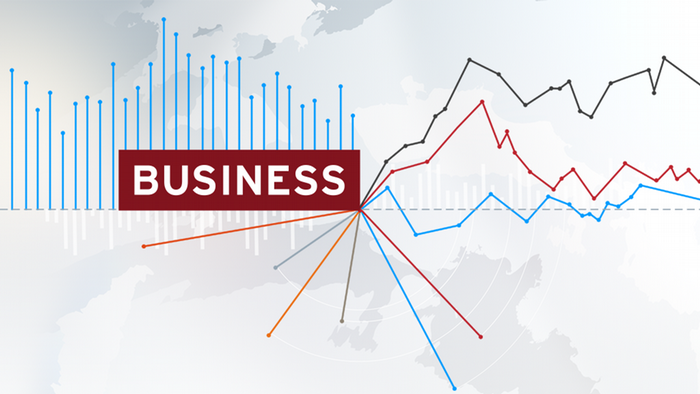
First wave of DEI-related contract cancellations hit the market
January 27, 2025
Serco to acquire Northrop’s training business for $327M
February 2, 2025By Kirk Fisher
Kirk Fisher of DLT Solutions writes risk mitigation isn’t just a laudable goal, it’s the price of entry when competing for procurement dollars.
As far back as May 2024, the need to address ever-more-sophisticated cybersecurity threats was dubbed a truly “whole of nation” undertaking, according to a report from the Office of the National Cyber Director.
“The most capable and best-positioned actors in cyberspace, in both public and private sectors, need to do more to reshape the digital ecosystem and protect the vulnerable,” the report states.
That opinion is certainly understandable, given the damage caused to both public and private sector organizations over the past five years at the hands of cybercriminals. Ransomware in particular is on the rise, with the FBI’s Internet Crime Report of 2023indicating nationwide ransomware incidents leading to an increase in reported losses rose by 74%, from $34.3 million to $59.6 million.
Emerging ransomware trends, the FBI noted, include “multiple ransomware variants against the same victim and the use of data-destruction tactics to increase pressure on victims to negotiate.”
For federal contractors particularly, risk mitigation isn’t just a laudable goal, it’s the price of entry when competing for procurement dollars.
Federal contractors operate under high levels of scrutiny, which necessitates transparency and adherence to strict security protocols to maintain trust. Failure to comply with federal security and regulatory requirements is a sure way to disqualify companies from securing government contracts and funding.
Here are some of the key incidents and regulatory initiatives underlying the drive to better mitigate the cyberthreat posed to data in the U.S.

